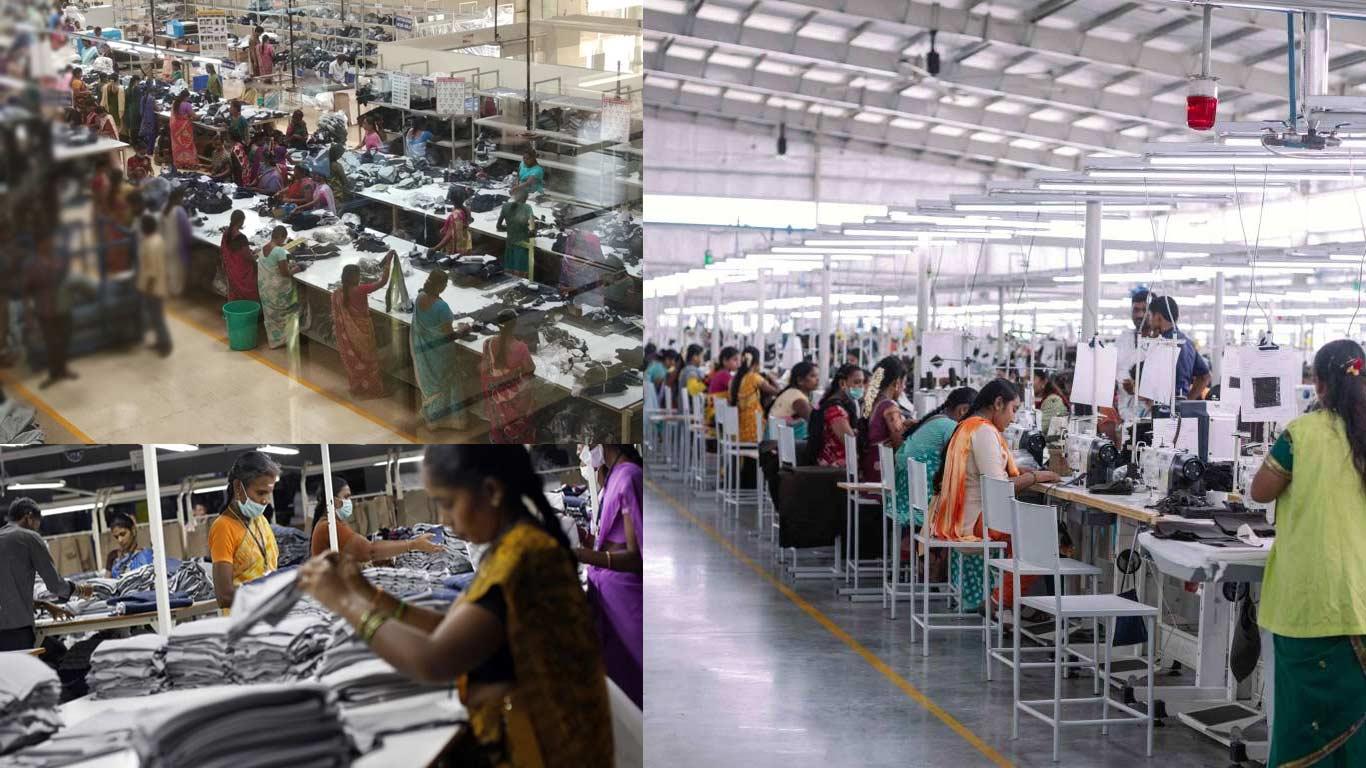
India's Manufacturing Output Could Rise 9% With More Women In Workforce: World Bank
According to the report, India's manufacturing output could see a 9 percent increase with greater female labour force participation.
The global financial institution maintained its growth projections for India, forecasting a 7 percent GDP growth in fiscal year 2025 and 6.7 percent in fiscal year 2026.
The broader South Asian region is expected to see 6.4 percent growth in 2024, driven by India's robust domestic demand and economic recoveries in Sri Lanka and Pakistan.
The report attributes India's projected growth to several factors, including higher-than-anticipated agricultural output and policies aimed at boosting employment.
While private consumption is expected to remain strong, public consumption growth is likely to moderate in line with planned fiscal consolidation efforts.
A key focus of the World Bank's analysis was the impact of marriage on female employment in South Asia.
The report found that, on average, the share of employed women after marriage was 12 percentage points lower than before marriage in India, Maldives, Nepal, and Bangladesh.
Martin Raiser, World Bank Vice-President for South Asia, emphasised the potential for accelerated growth through policy reforms that integrate more women into the workforce and remove barriers to global investment and trade.
He noted that raising female labour force participation rates to match those of men could increase regional GDP by up to 51 percent.
India has seen improvement in its female labour force participation rate, rising from 23.3 percent in fiscal year 2018 to 41.7 percent in fiscal year 2024, according to the latest Periodic Labour Force Survey.
However, the World Bank report indicates that female labour force participation in South Asia remains among the lowest globally, with only 32 percent of working-age women in the labour force compared to 77 percent of working-age men in 2023.
The report identified various barriers constraining women's participation in the workforce across South Asia, including unsafe transportation, lack of childcare facilities, and limited freedom of movement.
These factors often confine women to informal sector roles with poor remuneration and hinder their social and economic mobility.
Despite these challenges, the World Bank sees potential for growth in the region, particularly in India. The report suggests that global investors seeking locations with low geopolitical risks and strong economic fundamentals may find the region, especially India, attractive.
Franziska Ohnsorge, World Bank Chief Economist for South Asia, stressed the need for a multi-pronged approach to increase women's employment.
She called for action from all stakeholders, including governments, the private sector, communities, and households, to address the issue comprehensively.
The World Bank's findings underscore the significant economic potential that could be unlocked by addressing gender disparities in the labor market, particularly in the manufacturing and services sectors across South Asia.
(KNN Bureau)
Legal Disclaimer:
MENAFN provides the information “as is” without warranty of any kind. We do not accept any responsibility or liability for the accuracy, content, images, videos, licenses, completeness, legality, or reliability of the information contained in this article. If you have any complaints or copyright issues related to this article, kindly contact the provider above.






















Comments
No comment